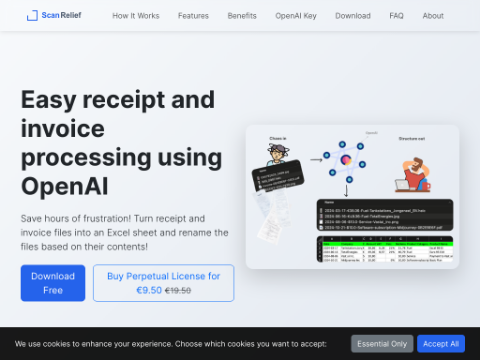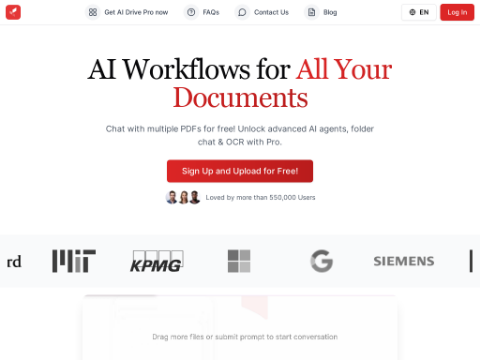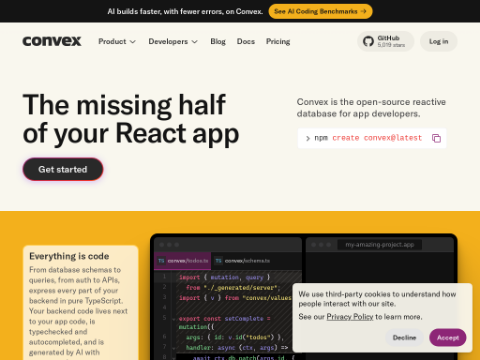Recently, the artificial intelligence firm Figure AI announced on platform X a surprising decision: they will terminate their partnership agreement with Open AI and instead concentrate on internal AI research and development. This Bay Area headquartered company stated that this move was driven by significant advancements in the AI domain.
In an interview with TechCrunch, Brett Adcock, founder and CEO of Figure AI, did not divulge specific details about these breakthroughs, but he promised to unveil "something unprecedented in human-like form" to the public within 30 days. This statement has garnered high levels of attention and anticipation from the industry.
OpenAI has long been a major investor in Figure AI, and last year the two companies declared a deal aimed at developing the next generation AI models for humanoid robots. Meanwhile, Figure AI also announced completing a funding round of $675 million, valuing the company at $2.6 billion. To date, Figure AI has cumulatively raised $1.5 billion from investors.
However, Adcock mentioned that there were integration issues with OpenAI's collaboration. As a large corporation, OpenAI's AI models have broad coverage, yet embodied AI, which involves integrating AI into physical objects like robots, is not its primary focus. Adcock believes that building an end-to-end AI model centered on powering specific hardware is the right solution. He emphasized: "To address embodied AI challenges at scale in the real world, vertical integration of robot AI is essential. We cannot outsource AI just as we cannot outsource hardware."
It is noteworthy that OpenAI has made multiple investments in the humanoid robotics field, including the Norwegian robotics startup 1X. However, Figure AI does not prioritize the home sector but rather focuses more on collaborating with clients such as automobile manufacturers. For instance, BMW has announced deploying Figure robots in its South Carolina plant.
Besides, it is rumored that OpenAI may be developing its own humanoid robot hardware and has submitted trademark applications related to humanoid robots to the United States Patent and Trademark Office. This news coinciding with Figure AI's exit decision has sparked speculations about the future competitive landscape in the humanoid robot market.
Despite facing numerous challenges, Figure AI remains committed to the path of independent R&D. They recently moved into a larger office in the Bay Area to accommodate their rapidly growing workforce. In terms of proprietary software, Figure AI draws inspiration from Apple's ecosystem product development approach, striving to create software solutions that closely integrate with hardware systems.
At the same time, most humanoid robot companies are independently developing customized AI models, although partnerships still exist within the industry. For example, Boston Dynamics announced last year a collaboration with Toyota Research Institute to introduce AI intelligence into the Atlas humanoid robot. This trend indicates that competition in the humanoid robot sector will intensify, and independent R&D and innovation will be key to enterprises standing out.








